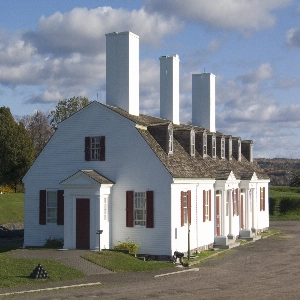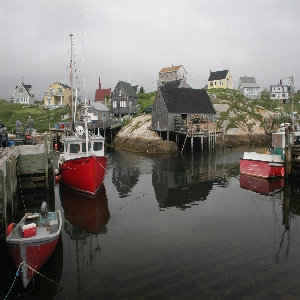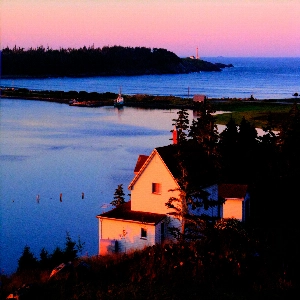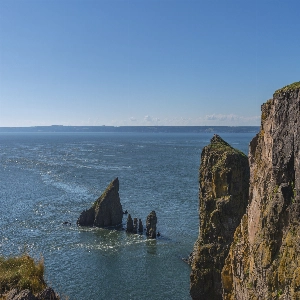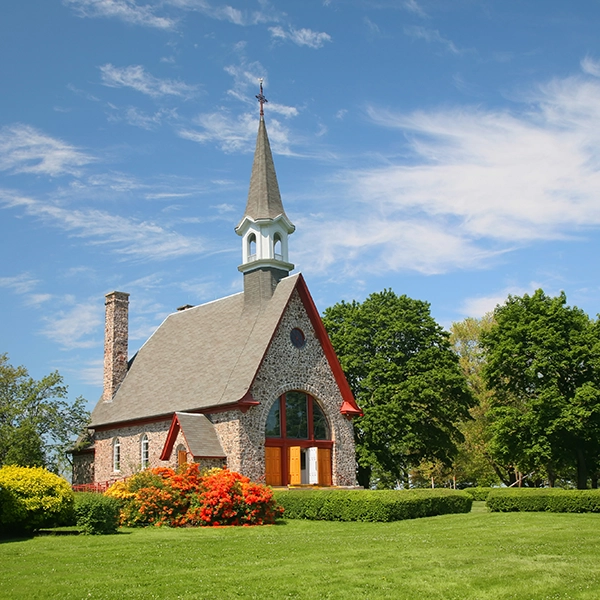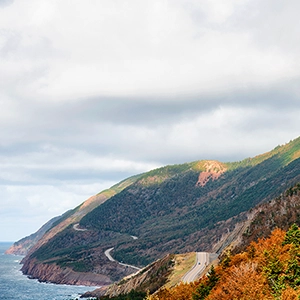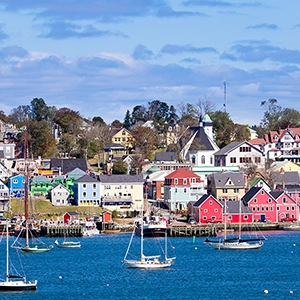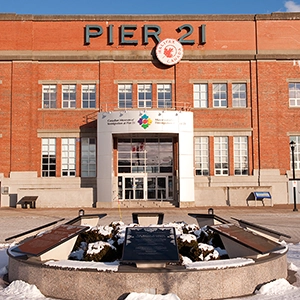Rich History And Scenic Beauty: Shelburne

Once the fourth largest city in North America, Shelburne, Nova Scotia is rich with Loyalist history. Tucked neatly on the south shore, its harbor protected from the Atlantic Ocean by a spit of land with a ridge, Shelburne was founded in 1783 by United Empire Loyalists escaping New York and other parts of New England during the American Revolution.
So well preserved is the town that it was selected as the location for the filming of A — The Scarlet Letter, starring Demi Moore. For accuracy sake, all overhead wires and cables were buried; the result is that Shelburne seems frozen in time.
Initially known as Port Roseway by the 400 Loyalist families who settled there, it was renamed Shelburne after then English Prime Minister, Lord Shelburne. Within a year, the population had mushroomed to 10,000; it is now less than 1,000 on a permanent basis.
Many of the original buildings have endured, being restored and renovated in keeping with the period. A walk along Dock Street and Water Street, and the numerous small roads that connect the two (including one with a public fountain right in the middle!), feels like a stroll right into yesteryear. The houses and businesses are close together, the roadways narrow, and the sense of the past permeates. Shelburne is a small town now, but it boasts four museums, a testament to its sense of yesteryear.
The town is dotted with exquisite little inns and one of the province’s best regarded restaurants, Charlotte Lane. One of the more notable inns, the Cooper’s Inn, once the residence of the local barrel-maker (circa 1784), is a classic slice of Shelburne architecture, a double saltbox with cedar shakes and dormers, decorated in country classic, and with a view of Shelburne Harbour. Catering to tourists who demand the best, the dining room serves a most sumptuous breakfast, small bottles of Nova Scotian wine are placed in the guest rooms, and the entire third floor comprises a romantic, private suite. For more information on this inn, visit www.thecoopersinn.com.
Directly across the street, where ducks play in parking-lot puddles left by the whim of coastal rain showers, is a functioning barrel maker, or cooper. It is believed to be the last barrel works on the continent, and was established in 1917; now operated by a husband and wife team, the barrel works is open for public viewing, and fascinated visitors observe the process of creating a barrel from start to finish. Many of the barrels made by hand here are used by wineries (in Nova Scotia and elsewhere) and many are purchased as props for period films and stage productions. They are also used to store salt bait for the lobster industry and the storage of trawl lines.
Shelburne is home to a series of small, very old cemeteries whose inscriptions and dates help tell the story of the town and its people over the centuries. Along the harbor wall, visitors can take in a dory shop, where boats are still made, built to order on-site, or peruse an art gallery resplendent with the works of area artists, or enjoy a glass of Nova Scotian wine on the verandah of the yacht club, overlooking the gaily colored flags of the boats moored adjacent to it.
Shelburne is a history fan’s dream, an architecture buff’s fantasy, and one of the most beautiful, relaxing spots in the province to spend experiential vacation time. To get to Shelburne, follow Highway 103 to exit number 25 and follow the directions south and west to the town.


